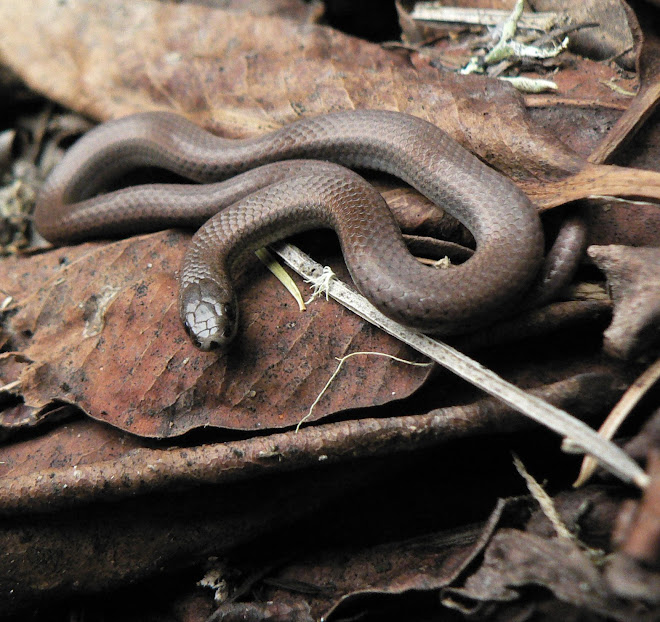 |
| White Peacock |
 |
| Mexican Crescent |
One of the most pleasant aspects of retirement is finding
you now have the leisure to explore and enjoy new interests. The last few years
I have been visiting Mexico more and more often. One of my children has settled
there, friends are vacationing and buying property in different areas of Mexico
and I find the culture, climate and biodiversity both intriguing and relaxing.
One of the passions I indulge on every possible occasion (along with
chocolate…) is the thrilling hunt to find moth and butterfly species; whether
new, or familiar favourites, they never fail to lift my spirits!
Mexico has a huge diversity of butterflies, at least 1,750
species can be found there. From the lowlands to the mountaintops, from the
plains to the mangroves, there are always some butterflies on the prowl. Of
course you will find more species at certain times of the year, when
nectar-laden flowers reach peak abundance.
 |
| Two-barred Flasher |
Butterflies are not only beautiful flying jewels (the
iridescent blues of a Two-barred Flasher or the complex and vibrant patterning
of a Tanmark will take your breath away), but they also exhibit fascinating
strategies for survival.
 |
| Bow-winged Tanmark |
Hairstreaks have a threadlike tail that can be mistaken for
the butterfly’s antennae. A hungry bird will often notice the tail first and take
a bite, which, if luck is with the butterfly, will only damage the wings.
I’ve
seen countless butterflies with bits and pieces missing, but they are still
able to pursue their primary focus, to find a mate. The large “eyes” that can
be found on Buckeyes and Owlets (and many moths) are another example of false
targets.
 |
| Tiger-eye Hairstreak |
 |
| Malachite |
Some butterflies use colouration as camouflage, the green of
a Malachite can be difficult to find amid the lush subtropical forest it
inhabits, while the shape and subtle shades of a Cracker make it almost
indistinguishable from the bark on a tree.
 |
| Grey Cracker: Now you see me... |
|
 |
| Now you Don't! |
Caterpillars of Viceroy and Swallowtail
butterflies resemble bird droppings at some point in their development.
 |
| Swallowtail caterpillar |
Mimicry is another form of protection. Sporting similar
colours to a Monarch, which is poisonous, can deceive a predator into thinking
that you, too, are not worth the risk of indigestion.
 |
| Queen |
Did you know that butterflies will sip from almost any
flower that supplies nectar, but their caterpillar young feed only on very
specific plants? Many people are delighted by butterflies and grow flowers that
attract them into their gardens. However, if you don’t know which foods nourish
the caterpillars (passionflowers for Zebra Heliconians and Gulf Fritillaries),
you might inadvertently be removing and killing their juvenile stage.
 |
| Zebra Heliconian |
Learning the life histories of any species gives me a
greater understanding of their needs and the importance of preserving their
habitat. Protecting natural habitat insures that food plants for all stages of
their butterfly lives are available and we can continue to be enchanted at
their flamboyant or cryptic forms far into the future.
 |
| Scintillant species |
 |
| Elf |
If you’re interested in identifying Mexican butterflies,
there is a great field guide available for sale online: A Swift Guide to
Butterflies of Mexico and Central America by Jeffrey Glassberg at
sunstreakbooks.com
 |
| Mexican Dartwing |

























